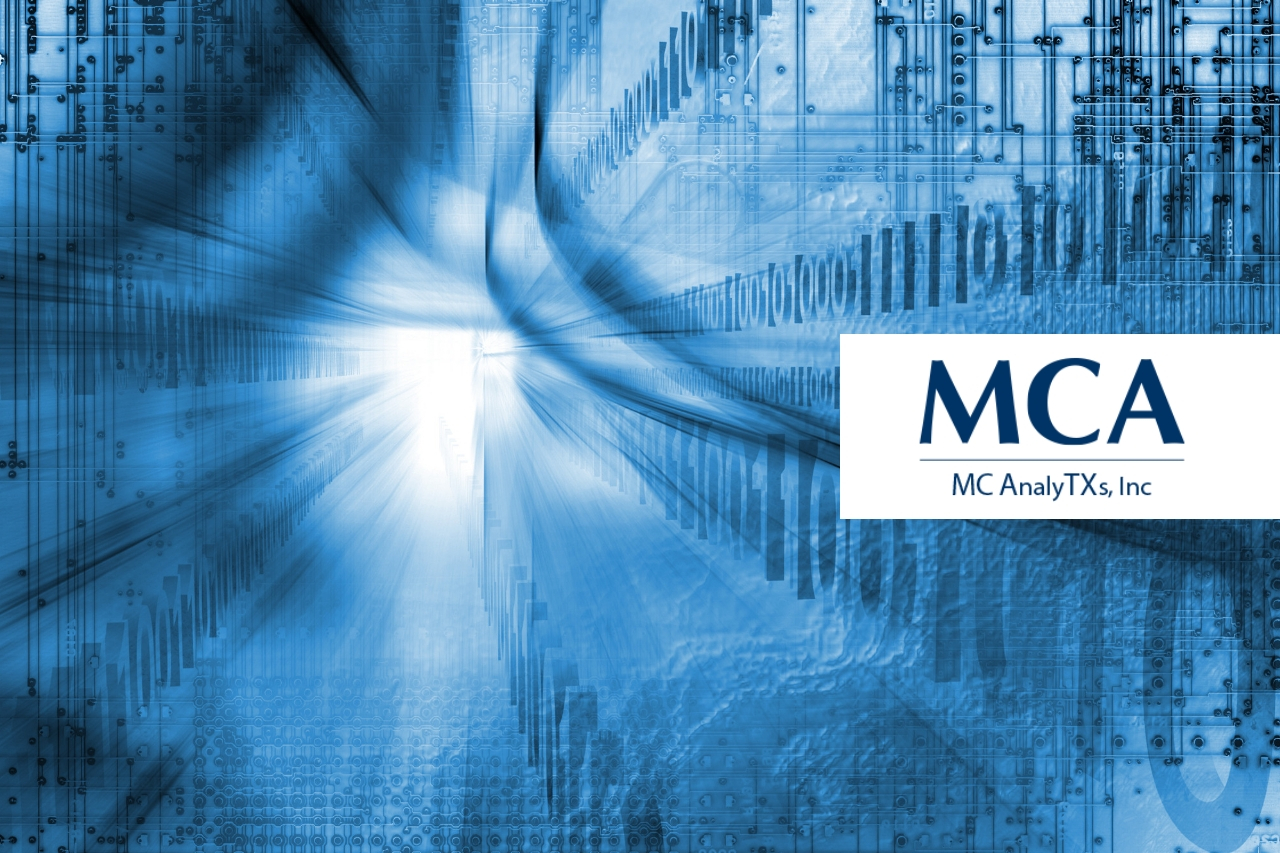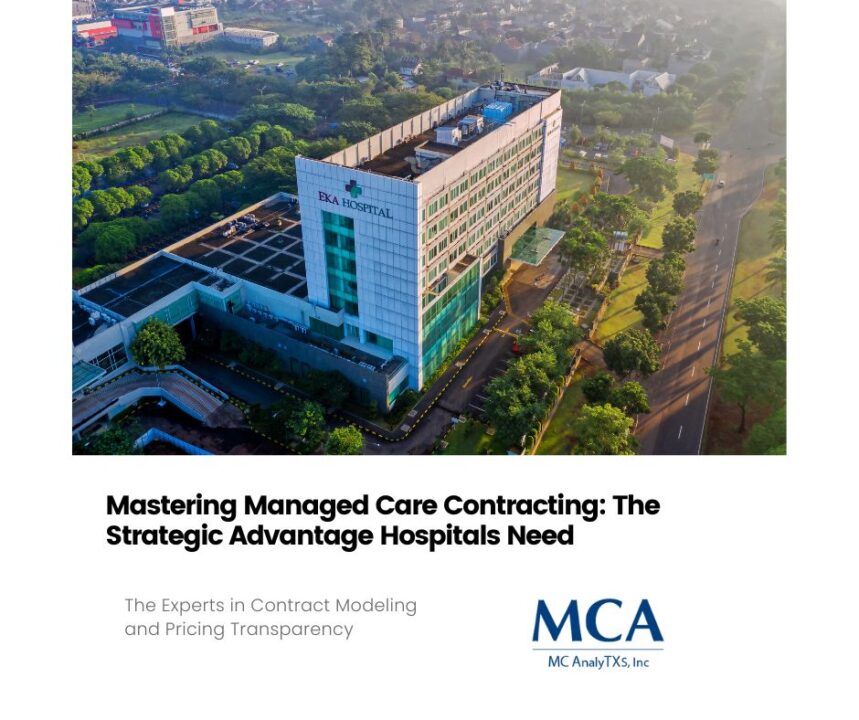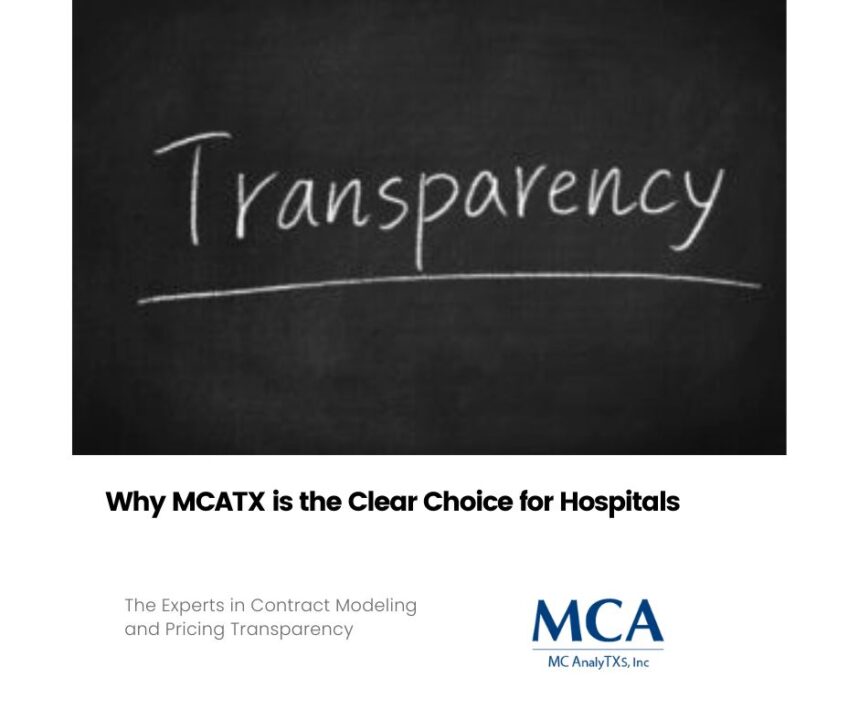
Understanding Contract Modeling and Its Importance in Healthcare Systems
July 3, 2023
Underpayment Denial Reporting in RCM: What You Need to Know
July 10, 2023The healthcare industry is among the most complex and highly regulated industries in the world. Patient care is critical, but healthcare providers also have to navigate a complex web of regulations, paperwork, and payment systems. For years, the revenue cycle has been a particular pain point, with providers struggling to get paid for services rendered. But now, technology is changing the game. With automation and emerging tech, health systems are transforming the revenue cycle. In this article, we’ll take a closer look at how automation is changing the face of healthcare revenue cycle management (RCM).
One of the biggest challenges in healthcare revenue cycle management is billing. Healthcare providers must navigate a complex web of regulations, coding systems, and payer requirements. The result is often a long and convoluted process that can take months to complete. But with automation, billing can be streamlined. Electronic health records (EHRs) can automatically generate claims based on the services rendered. And automated reminders can ensure that claims are submitted on time, reducing the risk of denial and delay.
Another area where automation is transforming the revenue cycle is patient collections. Collecting from patients has always been a challenge, with providers struggling to get patients to pay their bills. But with automation, it’s becoming more accessible. Patient portals and mobile apps make it more convenient for patients to pay, while automated reminders and alerts can prompt patients to pay on time. And with machine learning and predictive analytics, providers can identify which patients are most likely to deliver and focus their efforts on them.
Automation is also changing the way healthcare providers manage denials and appeals. Denials and appeals are among the biggest challenges in healthcare revenue cycle management, with providers losing millions of dollars each year to denials that could have been prevented. But with automation, providers can identify denials faster, streamline the appeals process, and improve the odds of winning an appeal. Machine learning and predictive analytics can help providers identify patterns in denials, so they can take steps to prevent them in the future.
One area where automation is particularly promising is in the use of robotic process automation (RPA). RPA involves the use of software robots to automate repetitive tasks. In the revenue cycle, RPA can be used to automate tasks such as data entry, claims processing, and appeals. This can save providers time, reduce errors, and improve accuracy. And with machine learning and predictive analytics, providers can identify areas where RPA can be most effective and implement it more strategically.
Automation is changing the face of healthcare revenue cycle management. As technology continues to advance, health systems are finding new and innovative ways to streamline the revenue cycle, reduce costs, and improve patient outcomes. Whether it’s through automated billing, patient collections, denials management, or the use of robotic process automation, automation is making healthcare more efficient, effective, and accessible. As healthcare continues to evolve, it’s clear that automation will play a critical role in shaping the future of the industry.
To learn more join our next webinar on July 20th at 1 pm CST.





